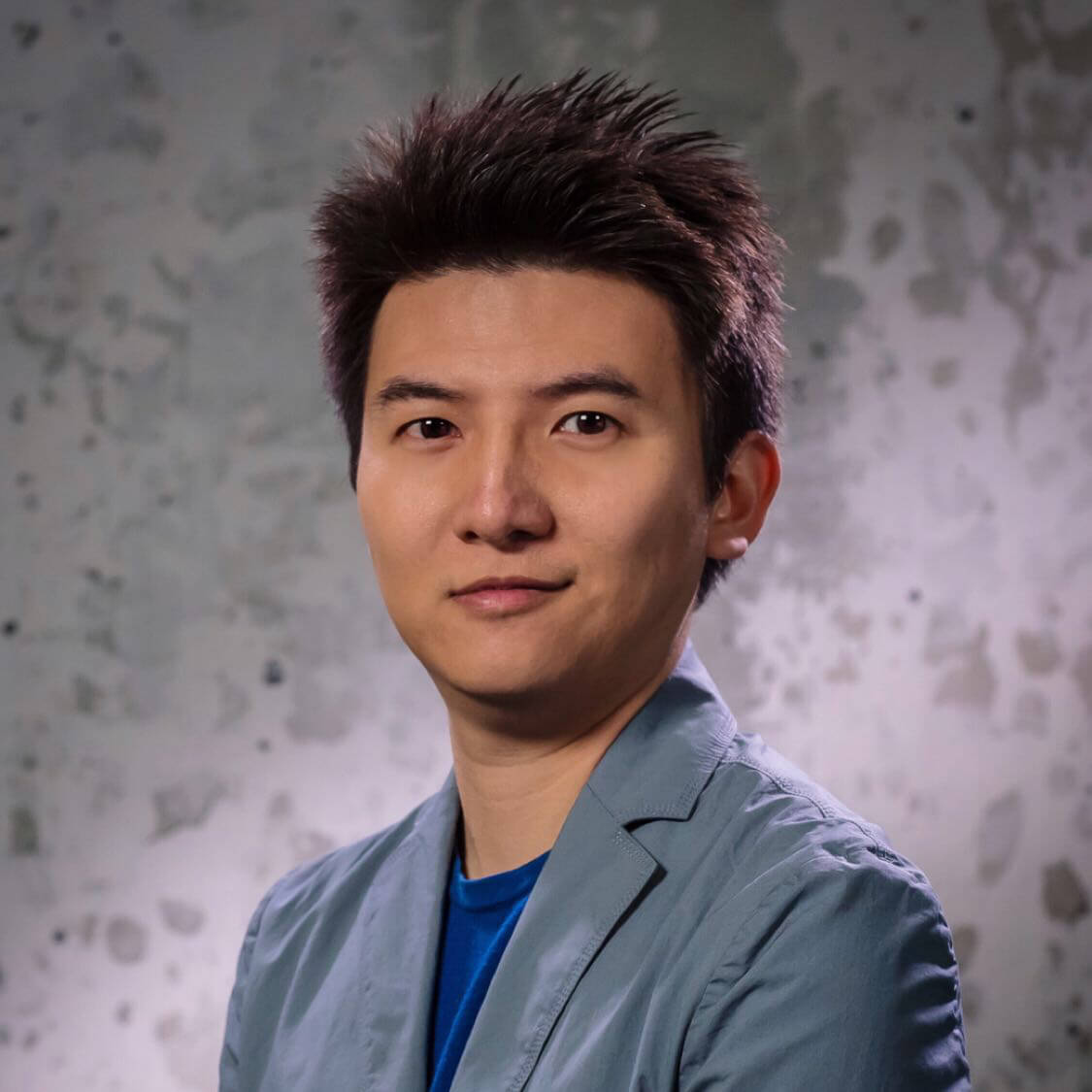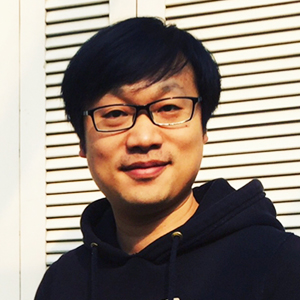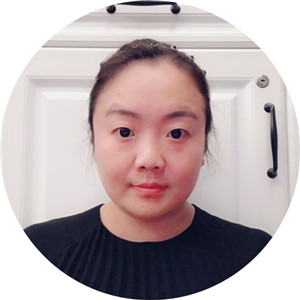-
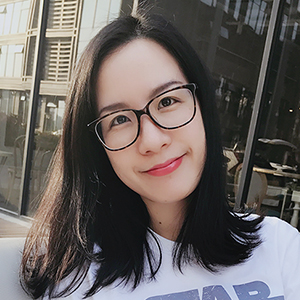 Ye Lu
Netease Data Science Center
Senior Interaction Designer
Ye Lu
Netease Data Science Center
Senior Interaction Designer
Grow out of nothing -- How to do a good job in enterprise-level product design.
At present, B-end products are flourishing in the market with each passing day, Netease, Aliyun and TencentCloud products, etc. are gaining popularity, big data are deeply rooted in people's hearts, and how to do a good job in B-end enterprise-level products has become another development direction for the new generation of designers.
In this workshop, the keynote speaker will proceed from analyzing the case of products of the enterprise-class big data analysis platform of "Netease Youshu", emphatically expound the problems facing this product from the process of growing out of nothing.
How designers use limited intelligence, knowledge to design products and create value for users; when is the right time for a major revision design of products; finally, in the process of continuous product development and iteration, how to balance customer demand and product experience, better serve all employees of companies or enterprises, coordinate the functions of work, and maintain the flow of various processes in the work in a satisfactory and smooth manner.
The workshop describes the logical thinking and product construction of B-end products by enterprise-level products such as Netease Youshu, and reinterprets the design of information architecture with object-oriented design modes; and deeply gets involved in data validation to improve design value and influence, deconstruct design paths and design principles of B-end product layer by layer:
1. Functions required by work, reasonable and clear division of modules;
Consider the division of functions, functional groups and functional modules, and the priority of common functions.
2. Rigorous and professional process design
2.1 Single industry: explore industry features and requirements / platform products: analyze the characteristics of the target industries and find the similarities and differences of industries
2.2 Analyze users' specific needs based on different usage scenarios, and eliminate the false and retain the true.
3. Operations and manners to be followed
Maintain consistency in the use of products
4. Visual effect
Hope to help the participants to learn some problems of B-end products they may face in their design work, and provide some thinking angles and disposal ways; carry out communications about design methods for experienced peers.
1. Introduction of theme background
2. Method teaching and case interpretation: deconstruct the design paths and design principles of B-end products
3. Group practice: choose any B-end product to analyze the super users and target tasks, work closed-loop and system information structure of the product, etc.
4. Communication link: communicate with the participants in terms of the design
5. Group comment
1. Interactive designers
2. User researchers
3. Product managers
4. Design students and amateurs
1. Learn about the challenges faced by designers in product development
2. Learn about how designers can design products well with the lack of data support
3. Learn about how to balance user needs and product experience
4. Learn about the similarities and differences between B-end and C-end product designs
-
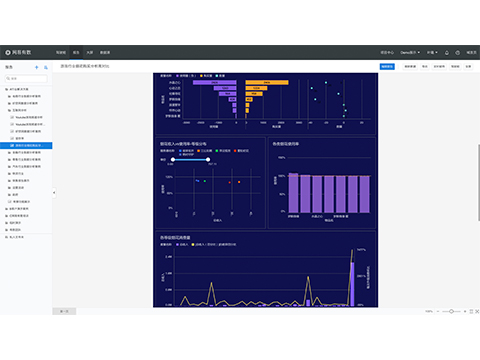 叶璐 - 网易有数-报告阅览页面2
叶璐 - 网易有数-报告阅览页面2
-
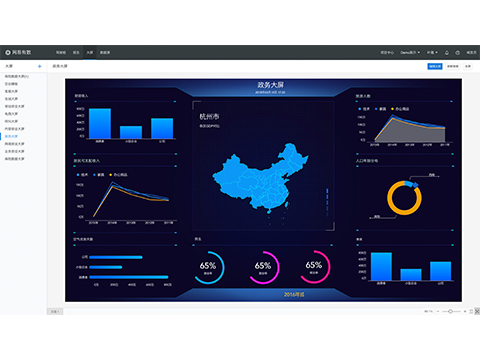 叶璐 - 网易有数-大屏页面
叶璐 - 网易有数-大屏页面
-
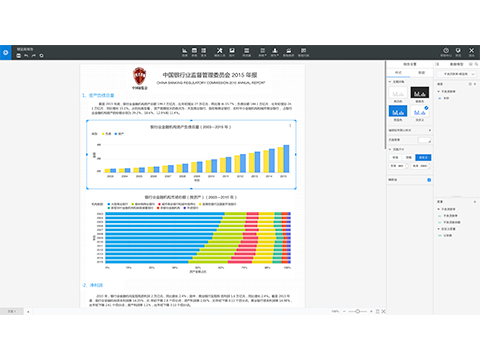 叶璐 - 网易有数-报告编辑页面
叶璐 - 网易有数-报告编辑页面
-
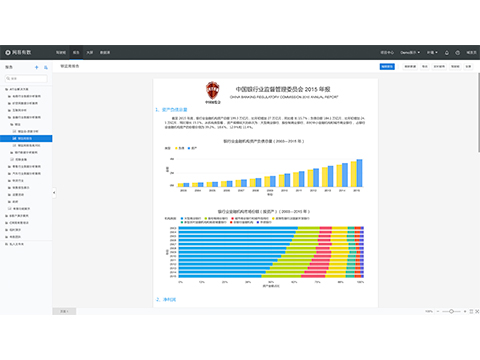 叶璐 - 网易有数-报告阅览页面
叶璐 - 网易有数-报告阅览页面
